1. The Human Sheep Festival – Sauris, Italy
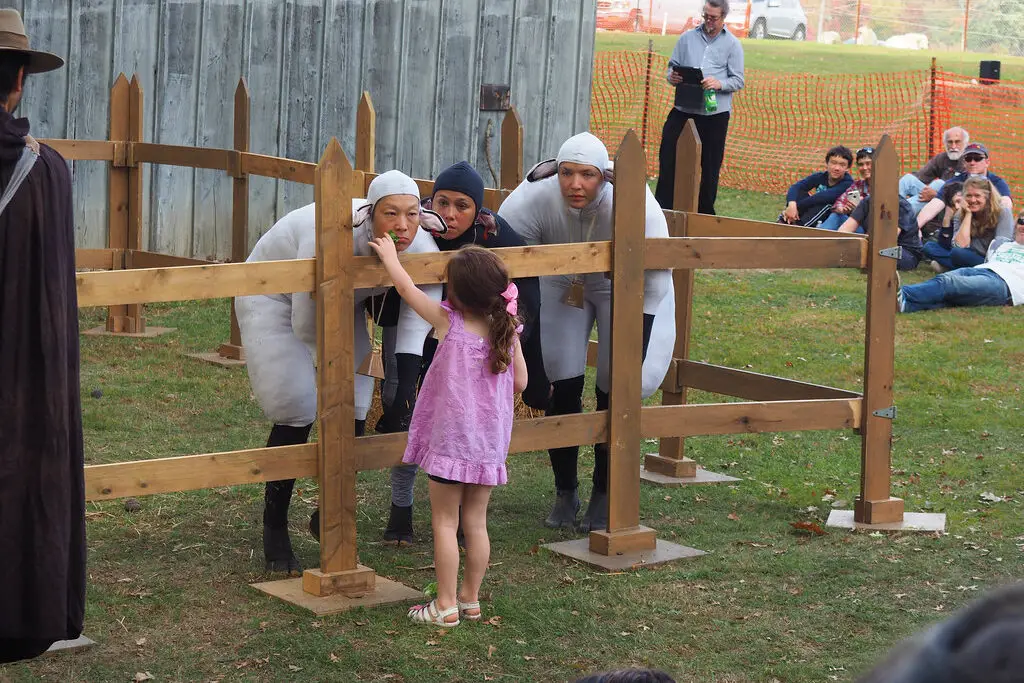
In Sauris, a small village in the Italian Alps, the Human Sheep Festival is a bizarre and eerie tradition that continues to this day. Locals dress up as sheep and wander through the streets in a display that dates back to the 19th century. The festival originally celebrated the village’s agricultural roots, but over time, it has taken on a more unsettling tone. Participants often wear creepy, elaborate sheep masks and costume pieces, creating an eerie atmosphere as they parade around the quiet streets. The festival’s eerie vibe is amplified by the remote location of Sauris, where the cold, foggy mountains create a haunting backdrop.
Though it may seem lighthearted at first, the festival evokes an unsettling sense of being watched by the strange, bleating figures. Many visitors describe the event as both surreal and spooky, making it one of the creepiest traditions still practiced in this isolated part of the world. The sight of masked people moving silently in the shadows, the woolly costumes blending into the fog, leaves a lasting impression on anyone who witnesses it. The strange blend of the natural environment with the bizarre costumes makes this festival one that continues to haunt the memories of those who see it.
2. The Dancing Plague – Saint Vitus, Germany
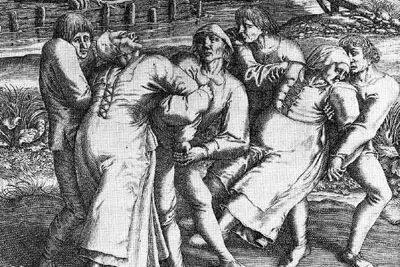
The small town of Saint Vitus in Germany is home to a tradition that has its roots in a bizarre historical event: the Dancing Plague of 1518. According to legend, a group of villagers spontaneously began dancing uncontrollably in the streets, and they couldn’t stop for days. In modern times, some people in Saint Vitus still engage in annual dances, reenacting this bizarre phenomenon. Dancers move to a haunting beat, often losing themselves in the trance-like rhythm, while onlookers watch nervously from a distance.
What makes this tradition eerie is its connection to a deadly past. While the original dancing plague is believed to have been caused by a psychological condition or poisoning, modern-day reenactments have a creepy, ghostly quality, as dancers appear to be possessed by a force beyond their control. The entire event takes on an unnerving energy, with participants sometimes falling into a trance-like state, mimicking the historical suffering of their ancestors. The eerie quality of the event is intensified by the narrow, cobbled streets of Saint Vitus, which seem to trap the dancers in a loop of madness, much like those affected by the original plague.
3. The Ghost Wedding – China
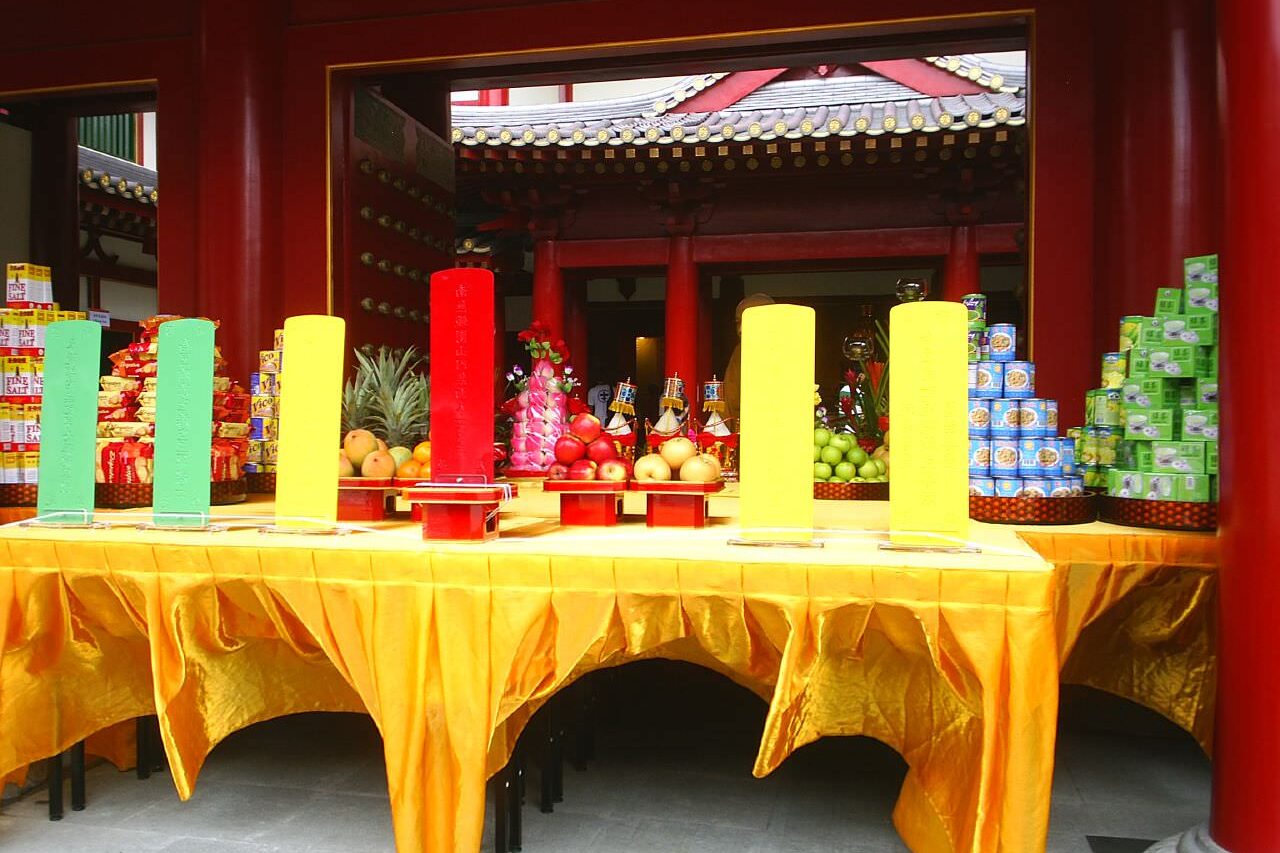
In rural parts of China, ghost weddings are still practiced in an attempt to provide peace for the spirits of the deceased. In these ceremonies, a deceased person is married to a living person’s spirit to ensure they aren’t lonely in the afterlife. The idea is that marrying off the spirit will prevent misfortune from befalling their living family members. Ghost weddings can involve elaborate rituals, such as hiring a living woman to stand in for the dead bride, and the ceremony is often held in secret to maintain its superstitious nature.
These weddings are a solemn affair, often shrouded in mystery and eerie customs. The thought of a wedding to a ghost, especially one conducted in such a private manner, can unsettle anyone unfamiliar with the practice. In some cases, the living partner is unaware that they are symbolically bound to a spirit, adding a layer of unsettling ambiguity to the tradition. While the practice is mostly hidden from public view, it remains a deeply ingrained part of some rural Chinese communities’ customs, adding an eerie dimension to life after death.
4. The Blackening of the Bride – Scotland
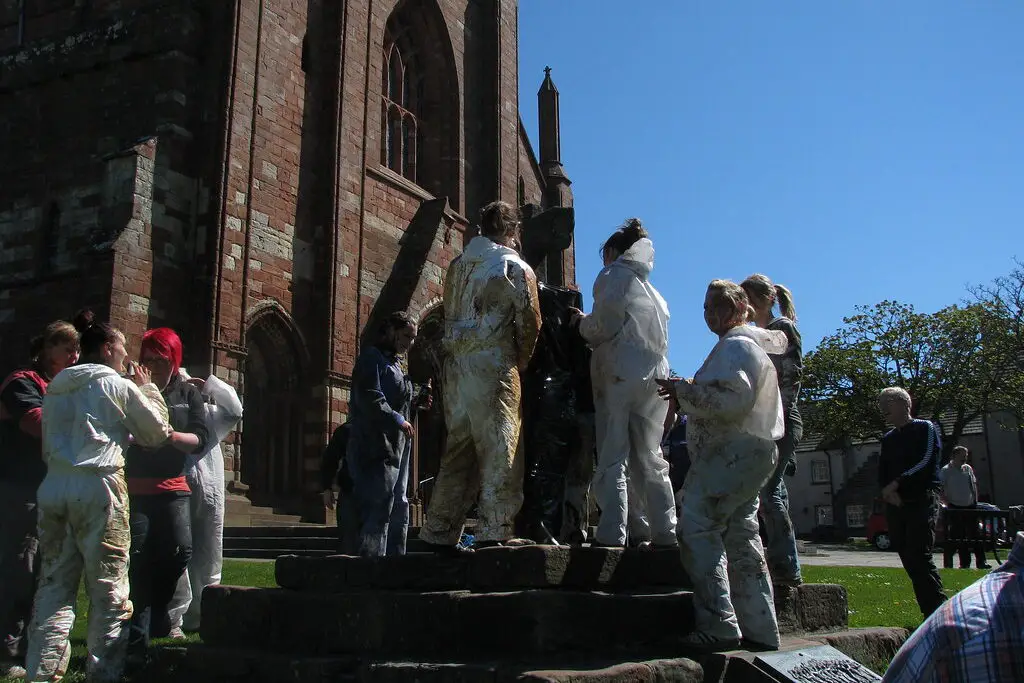
In Scotland, there is an eerie tradition still practiced in remote areas known as “the blackening of the bride.” Before the wedding day, the bride-to-be is covered in a variety of unappealing substances, such as molasses, flour, or even fish guts, by her friends and family. The tradition is intended to “test” the bride’s resilience and symbolically prepare her for the challenges of married life. The idea is that she will endure the humiliation and discomfort, ensuring her strength in her new life.
While it may seem like a quirky pre-wedding ritual, the practice takes on a darker tone when it’s done in isolated, rural communities. The idea of parading the bride through the streets covered in disgusting substances can be quite unnerving, especially for outsiders unfamiliar with the custom. The blackening is often accompanied by loud cheering and mockery, adding to the surreal and slightly sinister atmosphere of the event. What seems like a harmless tradition is often unsettling to onlookers and can evoke images of something much darker, tying the ritual to older, eerie customs from the past.
5. The Fire-Diving Ceremony – Vanuatu
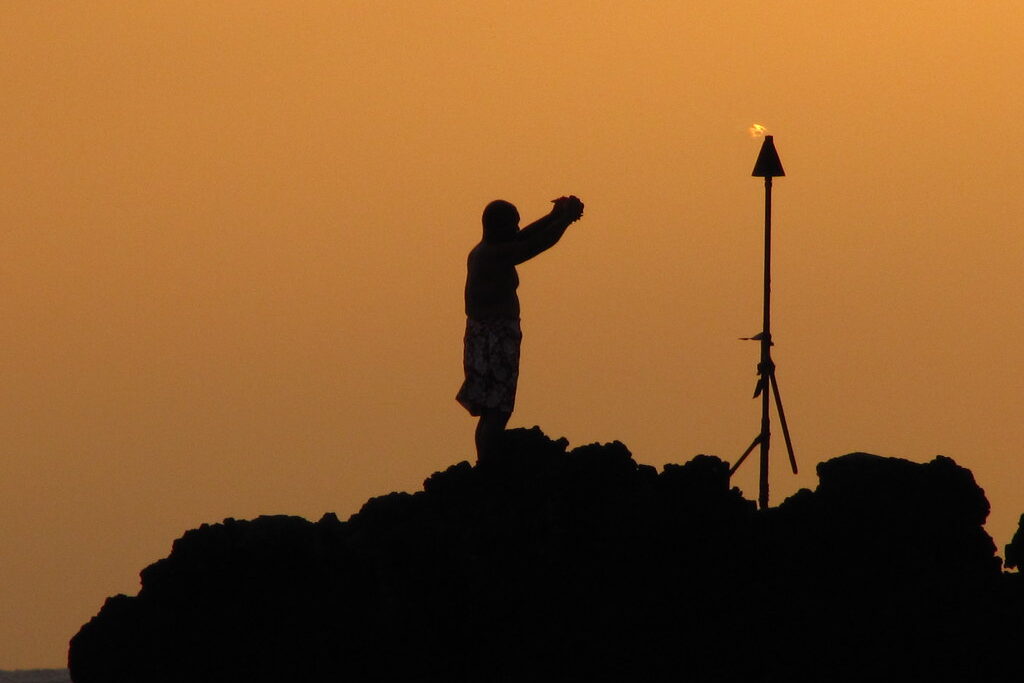
On the island of Pentecost in Vanuatu, there’s a chilling ritual known as fire-diving that dates back hundreds of years. Men dive from high platforms, some as high as 100 feet, with nothing but vines tied to their ankles. As they dive toward the ground, they are supposed to land safely without hitting the earth or any obstacles. The practice is believed to ensure a good harvest, but it also involves a considerable amount of risk and danger. The fire aspect comes in when the divers leap over huge bonfires that are built on the ground below.
The flames create a terrifying spectacle, casting an ominous glow on the participants as they dive toward them, making it appear as if the fire itself might consume them at any moment. The sight of men plummeting toward the flames is enough to send shivers down anyone’s spine. Despite the inherent danger, fire-diving remains a sacred and widely revered tradition on Pentecost Island. The ritual is seen as a vital connection to the earth and the community’s survival, but its macabre nature and the extreme risk involved make it one of the creepiest traditions practiced today.
6. The Ritual of the Dead – Papua New Guinea
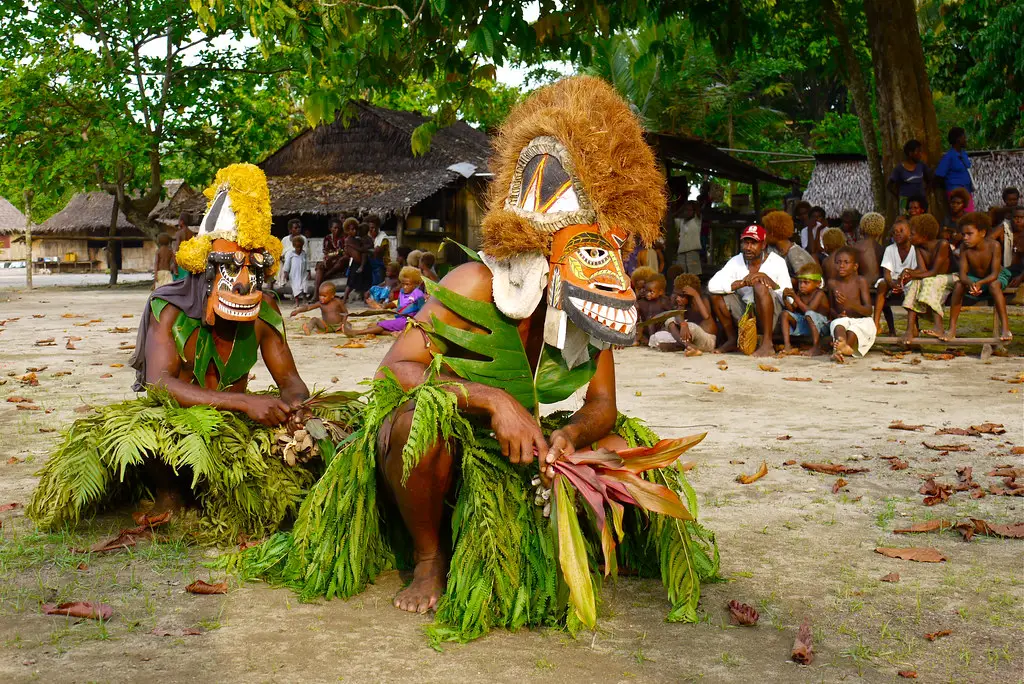
In the isolated villages of Papua New Guinea, the Ritual of the Dead is a haunting custom that has been practiced for generations. This eerie ceremony involves the exhumation of deceased relatives, followed by the dressing of their bodies in ceremonial garb. The bodies are then placed on display, with the belief that their spirits return to the village, offering protection and guidance. This unsettling connection with the dead is maintained for weeks, sometimes months, during which villagers continue to interact with the remains of their loved ones as if they were still alive.
The ritual is a deeply spiritual event, but its macabre nature can be unsettling for those not accustomed to it. Villagers often spend time talking to the deceased as if they were still present, seeking their wisdom and guidance. The close proximity to death, coupled with the ongoing physical connection to the deceased, makes this tradition a profoundly eerie practice. It’s an intimate and eerie relationship with the departed that continues to shape the lives of those living in these remote villages, giving the Ritual of the Dead an unsettling permanence in their culture.
7. The Witches’ Walk – Albania
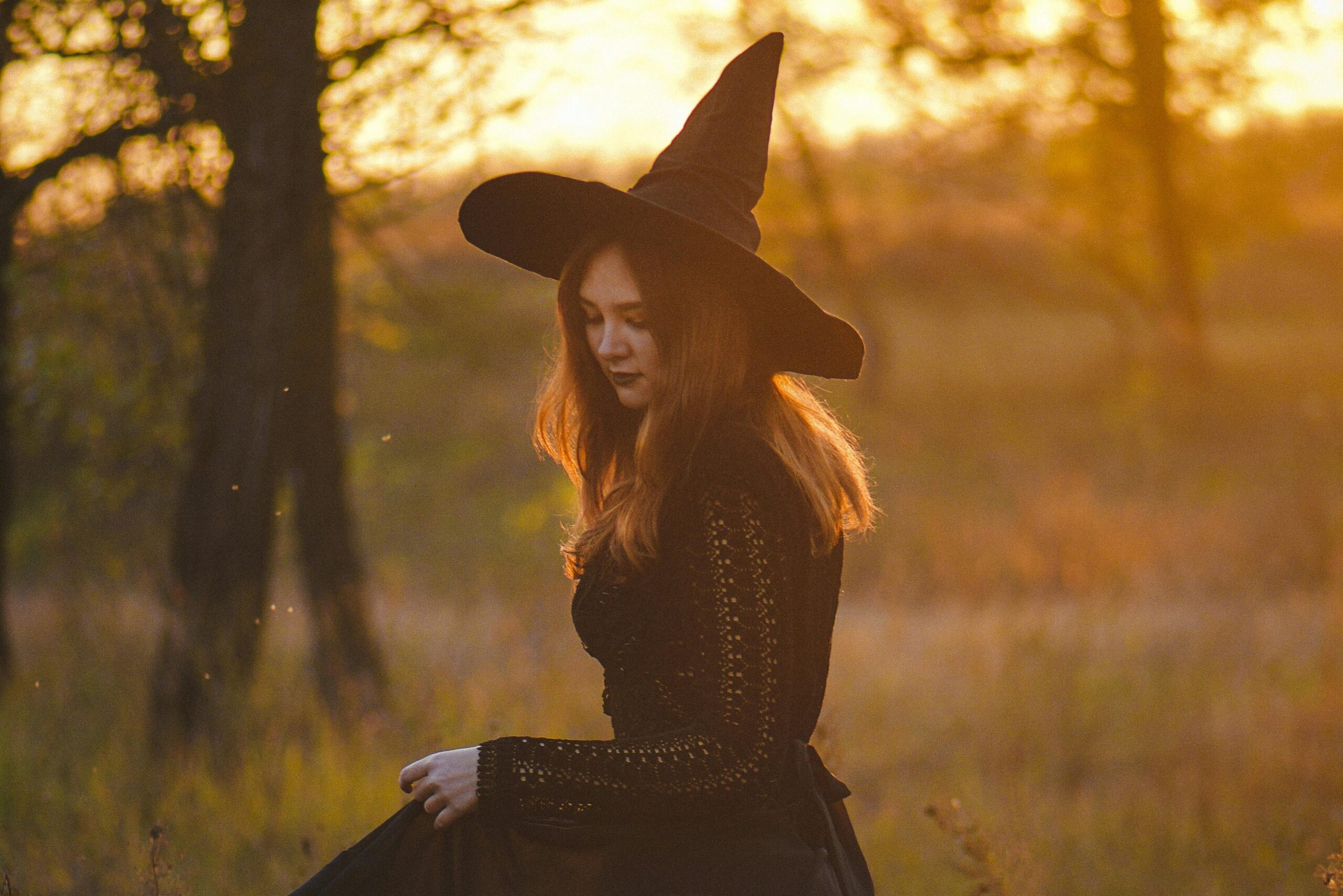
In the remote villages of Albania, there is a chilling tradition known as the Witches’ Walk. Every year, women from the village dress in old-fashioned, flowing black robes and walk in a single-file procession through the streets at midnight. The walk is said to honor the ancient witches who once roamed the area, performing dark magic and rituals. The eerie procession is accompanied by strange chants, and onlookers are advised to stay inside during the event.
Though it has lost some of its original religious significance over time, the Witches’ Walk still holds a powerful place in Albanian folklore. The sight of these mysterious women, shrouded in darkness and moving silently through the streets, sends a shiver down the spine of anyone who witnesses it. The tradition, steeped in superstition, evokes an atmosphere of mystery and fear. With its dark and ghostly undertones, the Witches’ Walk remains a powerful and creepy reminder of Albania’s ancient ties to the occult and supernatural.
